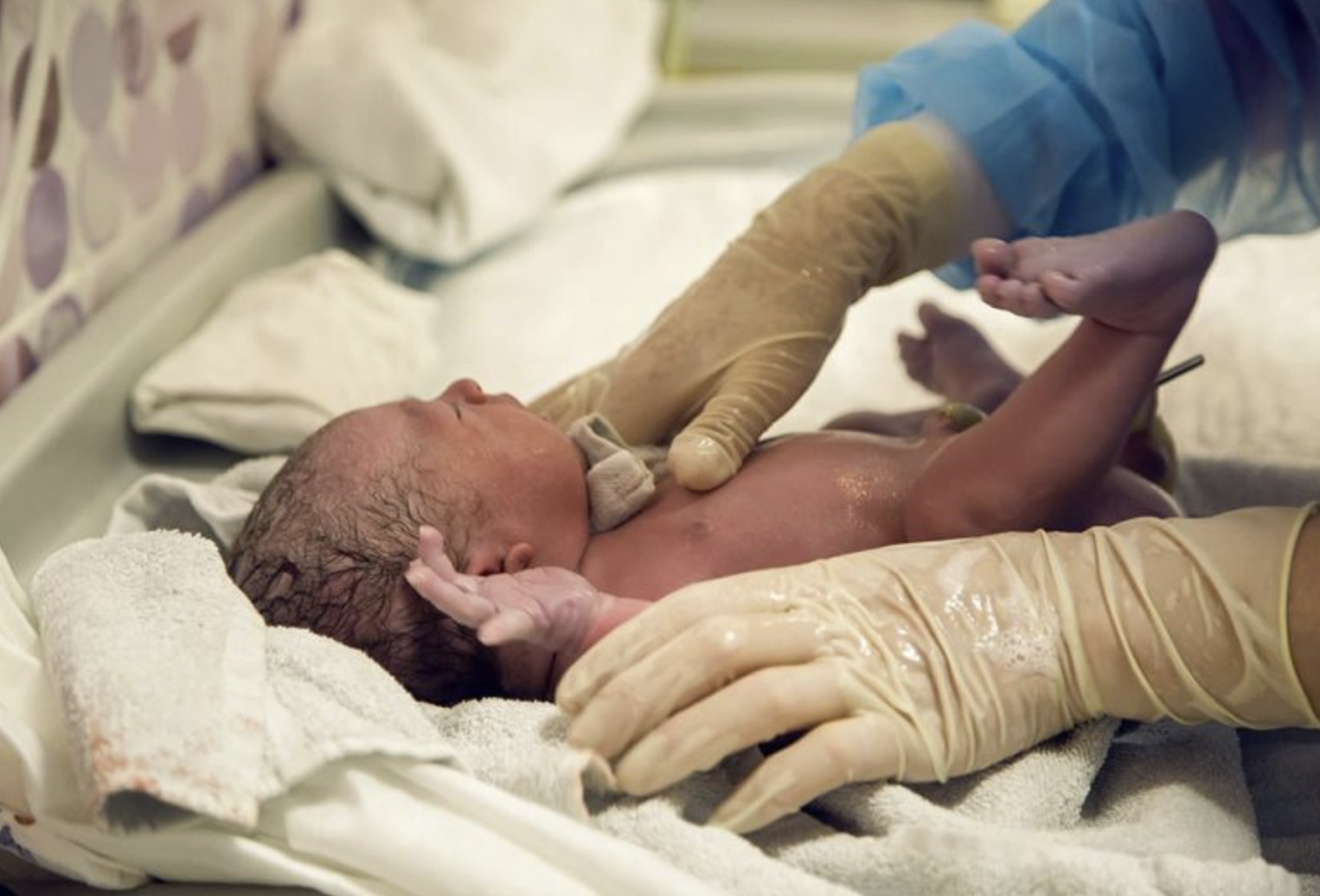Dr Eric Irungu, Senior Instructor, Aga Khan
University Medical College and Consultant Paediatric Surgeon at Aga Khan
University Hospital, Nairobi.
For a long time, families of boys born with this condition did not know where to go.
The condition is hypospadias, a birth defect where the opening of the urethra (the tube that carries urine from the bladder) is not located at the tip of the penis, but rather on the underside.
Dr Eric Irungu, a consultant paediatric surgeon at Aga Khan University Hospital, Nairobi, says this condition is treatable in Kenya and does not have to define a boy’s future
or his family’s hope.
“The urethra typically opens at the tip of the penis. However, in boys
born with this condition, the urethra opens along the underside of the penis at
various locations, with some as far down as the scrotum,” he explains.
He says
that this condition is normally detected at birth during the newborn’s physical
examination. Paediatricians and nurses identify the misplaced urethral opening
and any associated penile curvature.
In cases where it is missed at birth, the
abnormal morphology of the foreskin associated with hypospadias may lead to the
diagnosis, which is detected during circumcision.
Dr Irungu says that about one in every 200 to 300 boys globally is
born with hypospadias. However, in Sub-Saharan Africa, it’s less common. He estimates it in one in every 1,000 boys.
He says the cause of the condition is yet to be
established, though it is linked to a myriad of issues, including pre-natal
(during pregnancy, before delivery) exposure to pesticides, chemicals in
plastics, synthetic hormones in foods, fertility treatments
(such as in vitro fertilisation) and premature deliveries.
He refutes the suggestion that it could be hereditary from either
parent. However, he says: “If one boy is born with the condition, there’s a
small chance (5-10 per cent) his brother might be born with it. If a man had
hypospadias, there’s a slightly higher chance (10-15 per cent) his son could be born
with the condition.”
Dr Irungu explains that due to the abnormal
position of the urethral opening, boys with this condition often experience
difficulties urinating while standing upright.
Boys with the more severe types
may need to squat or sit we passing urine. Even in boys with the distal types,
the urine stream may spray, leading to unintentional wetting of clothes while
passing urine. Due to the associated shorter urethral length, they may be at an
increased risk of developing urinary tract infections.
“The associated bending of the penis (chordee) is
often problematic. If left untreated, chordee would lead to challenges with
sexual function later in life, whereby there would be difficulty in achieving
penetration during intercourse. Even with mild forms of bending, chordee may lead
to painful erections,” he notes.
He further says that hypospadias also leads to an incompletely formed foreskin, where it forms on the back side of the
penis only and not the whole way around, giving the penis an abnormal
morphology.
This condition prevents toddlers and teenagers from using urinals similar to other boys, in addition to constantly smelling of urine
due to unintentional wetting of clothes, which leads to low self-esteem and poor
social interactions with their peers. Thus, early detection and intervention
are crucial to avoid these issues.
The primary
treatment for hypospadias is surgical correction, ideally performed between four to
18 months of age. “The goal of surgery is to restore the abnormal anatomy in
hypospadias to normal penile anatomy as much as possible. This includes correcting
any penile curvature, reconstructing the urinary channel (The urethra), relocating
the urethral opening to the tip of the penis and restoring symmetric skin
coverage around the penis,” recommends Dr Irungu
He says that surgical reconstruction may be undertaken in either a single
operation or multiple / staged operations, depending on the severity. In the less
severe cases where the urethral opening is closer to the tip of the penis and
there is minimal curvature, single-stage surgery is recommended because it can correct the abnormality.
On more
severe forms, Dr. Irungu says that staged Surgery is often required, particularly those with significant curvature or a urethral opening far from
the tip.
He says ongoing research aims to better understand the genetic and environmental
factors contributing to this condition, paving the way for improved prevention
and treatment strategies.


